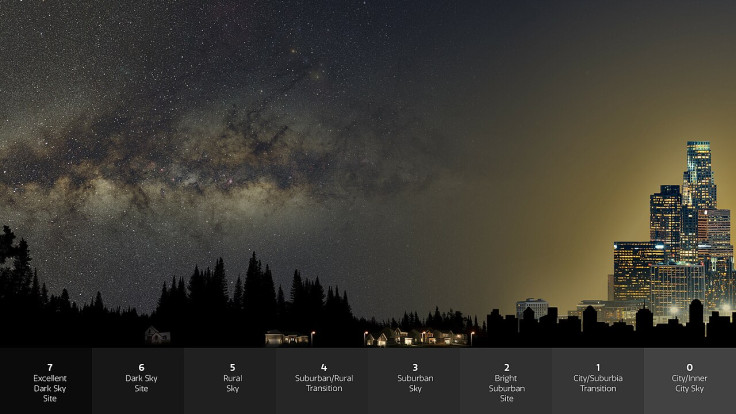
CHICAGO - The Geminid meteor shower will see its peak of activity this week on December 14. Approximately 120 meteors will light up the night sky every hour and will be visible in the U.S. and Latin America.
The meteors are made up of comet and asteroid parts that orbit the solar system due to the sun's gravitational pull. According to NASA, this meteor shower is visible yearly; however, this year, the astronomical event will be abnormally lively due to minimal moon interference.
The traveling meteors will be visible worldwide, according to NASA, and they will be identifiable by their emitting hue. Unlike most meteors that emit white hue trails, the Geminid meteors radiate vibrant and colorful hues that often appear yellow, white, green, red and blue, according to NBC News.
The event will occur around the globe, but NASA states that the best place to view the meteor shower is in areas with low light pollution. Light pollution happens when artificial light from things such as streetlamps, buildings and billboards impairs nighttime visibility by making the surrounding location appear brighter. It is more common in urban areas and limits the number of stars visible in the night sky.

Because of the obstruction of light pollution, NASA recommends viewing the Geminid meteor shower in areas well away from city lights. The agency also recommends lying on a flat surface with your feet facing south and taking in as much of the night sky as possible.
"As with all meteor showers, all you need is a clear sky, darkness, a bit of patience, and perhaps warm outer wear and blankets for this one. You don't need to look in any particular direction; meteors can generally be seen all over the sky," said NASA in a blog post.
Where to see the Geminid meteor shower in Latin America
According to VIP Journeys Latin America, a LatAm travel agency, Latin America is filled with unique locations for stargazing. And even astronomers believe that Latin America and the Southern Hemisphere are superior for viewing the cosmos.
Some of the best locations for viewing the stars in Latin America, according to VIP Journeys Latin America, include the Atacama Desert (Chile), La Fortuna (Costa Rica), Lake Titicaca (Peru) and Monte Verde (Brazil), among many other locations.
Analyzing light pollution data in Latin America also reveals that rural areas close to major cities will also be good locations to view the Geminid meteor shower. Areas outside major cities like Bogotá or Lima have Bortal Scale levels below 21.6 mag/arcsec2, which is sufficiently dark to see stars and constellations.
© 2025 Latin Times. All rights reserved. Do not reproduce without permission.





